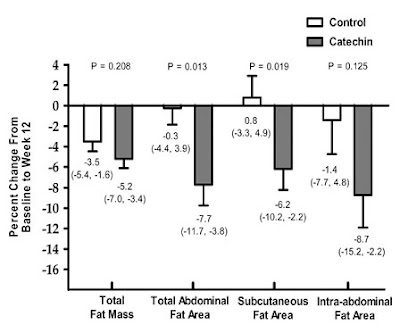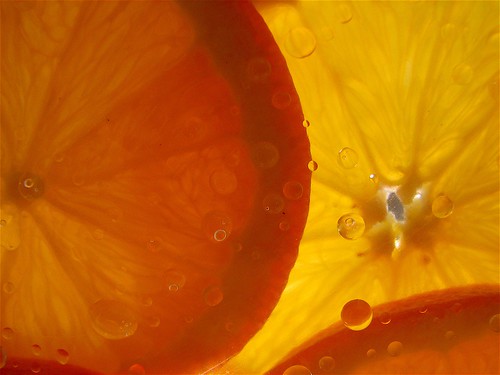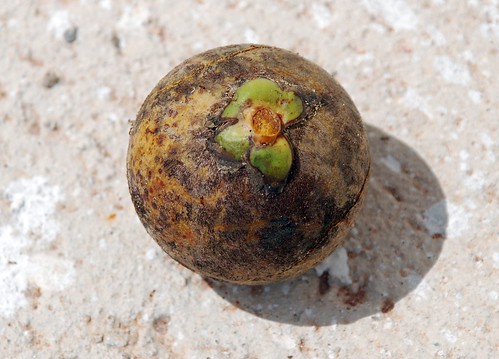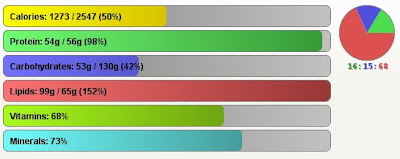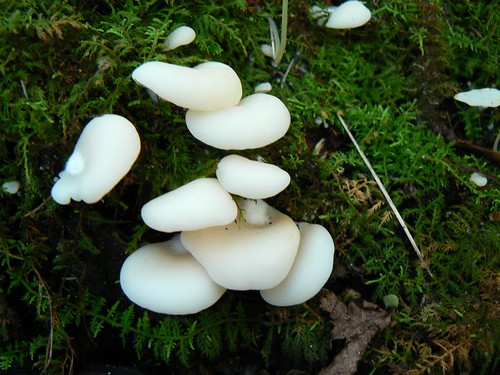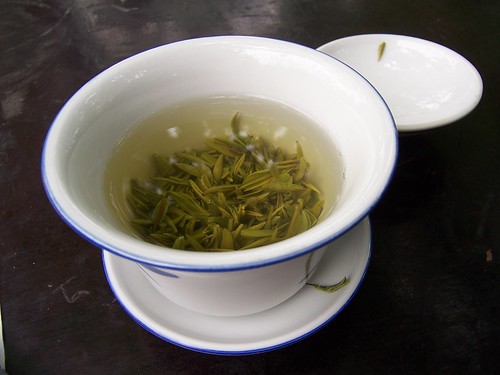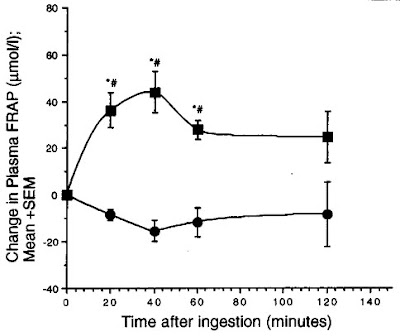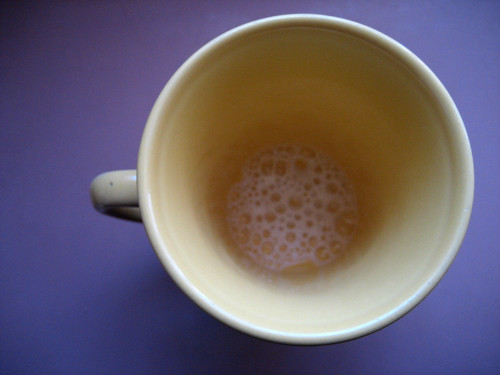Lygodium japonicum Promotes Hair Growth by Inhibiting Testosterone to DHT Conversion
Lygodium japonicum, also known as Japanese climbing fern, is a vine-like fern that can climb and twine around other plants. It spreads rapidly by dispersing spores with the wind.
The raw spores of the climbing fern are also sold as health products, with claimed health benefits ranging from improving kidney and urinary functions to relieving cold symptoms and acting as a general blood tonic. According to Matsuda et al., the spores of Lygodium japonicum – for which they use the name Lygodii Spora – may also help with hair growth.
To make the experiment, the authors of the paper used 250 ml of 50% ethanol and 50 grams of spores to make an extract. They then studied how well it inhibited the conversion of testosterone to dihydrotestostorone (DHT) in vitro and also whether it acted as an anti-androgen in vivo. For the latter experiment, mice and hamsters were used.
All the animals had a part of their hair shaved and treated with either testosterone or DHT. Topical Lygodii Spora extract was then applied to the animals in the treated group, while only ethanol was used in the control groups. The hamsters also had a positive control group that was treated with oxendolone, a known anti-androgen.
Effectiveness in vitro
According to the authors, the spore extract "showed remarkable activity" in inhibiting 5-alpha-reductase, the process that converts testosterone to DHT, in vitro. They tried different fractions of the extract to find out which showed the most inhibition. The most effective was found to be the ethanol-hexane soluble fraction, which inhibited 82.7% of the conversion from testosterone to DHT.
Effectiveness in hamster flank organs
In hamsters, the effectiveness was measured by the growth of flank organs, which are often used to study anti-androgenic properties of various substances. Since hamster flank organ growth is stimulated by testosterone and DHT, less growth means higher effectiveness.
In hamsters treated with testosterone, the strongest Lygodii Spora extract showed the highest inhibition of growth, 37.6%. Next best was oxendolone with 29.7% inhibition. Weaker Lygodii Spora extracts were less effective. When treated with DHT, oxendolone showed 21.5% inhibition of growth. Lygodii Spora extracts, from strongest to weakest, inhibited 15%, 11.3% and 7.8%, respectively.
So what does this tell us? Since the spore extract was very effective in inhibiting flank organ growth caused by testosterone but only moderately effective in inhibiting growth caused by DHT, it seems that the strongest thing the extract has going for it is that it significantly inhibits 5-alpha-reductase.
Effectiveness in mouse skin
Shaved mice treated with topical testosterone showed, unsurprisingly, a marked suppression of hair regrowth. However, when a 2% topical Lygodii Spora extract was applied after the testosterone treatment, they grew significantly more hair. In fact, hair growth in these mice was only slightly worse than in the mice that received no topical testosterone.
The authors conclude that the ethanol extract of Lygodii Spora showed a significant anti-androgenic activity. They suggest that the effect is caused by the fatty acids in the extract, namely oleic, linoleic and palmitic acids, which were shown to inhibit 5-alpha-reductase in another experiment of the study. Palmitic acid was about three times as effective as oleic and linoleic acid.
Conclusion
Lygodii Spora extract, an ethanol solution made from the spores of the Lygodium japonicum plant, appears to be an effective topical treatment for hair loss caused by DHT. The anti-androgenic effect may be due to the fatty acids present in the extract: oleic acid, linoleic acid and palmitic acid.
For more information on hair growth, see these posts:
Hair Growth with Vitamin E Tocotrienols from Palm Oil - Experiment Conclusion
Topical Ketoconazole (Nizoral) Increases Hair Growth in Mice
Chinese Hibiscus Leaf Extract Increases Hair Growth in Mice
Asiasari Radix Extract Grows Hair in Mice and in Human Skin Cells
Read More......










